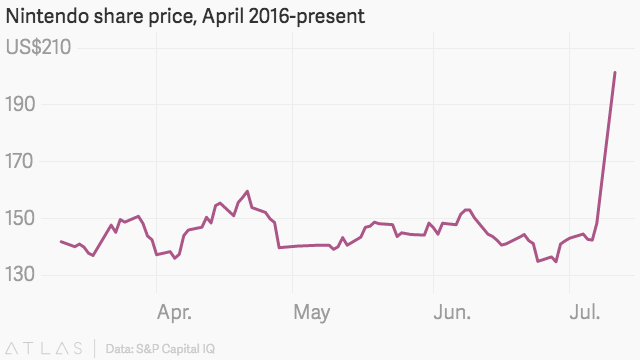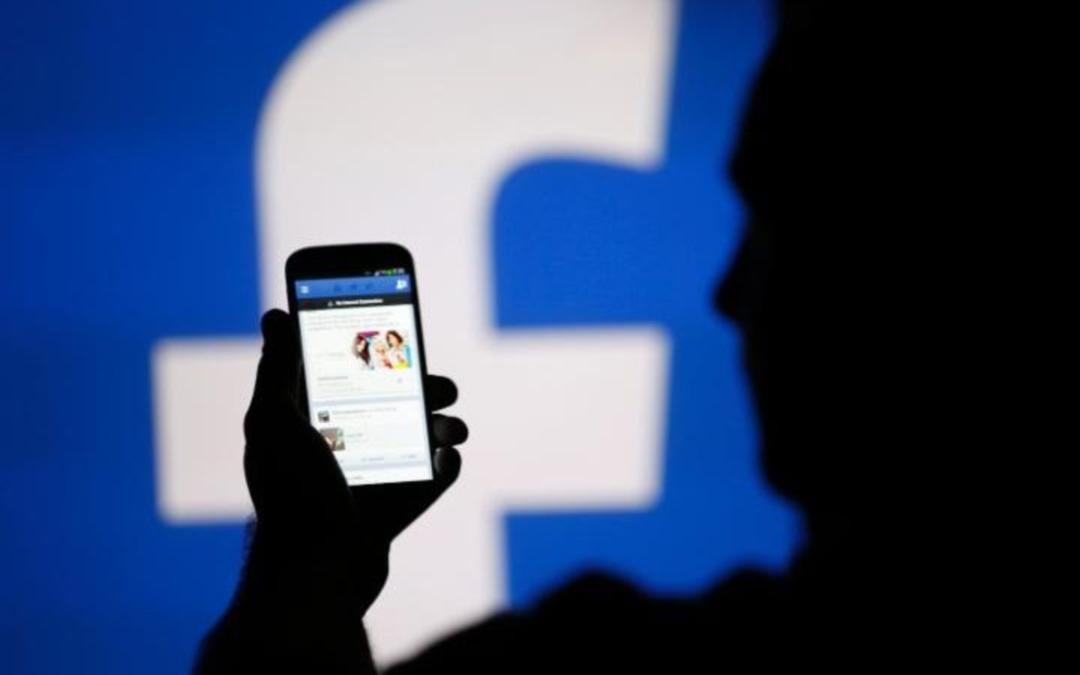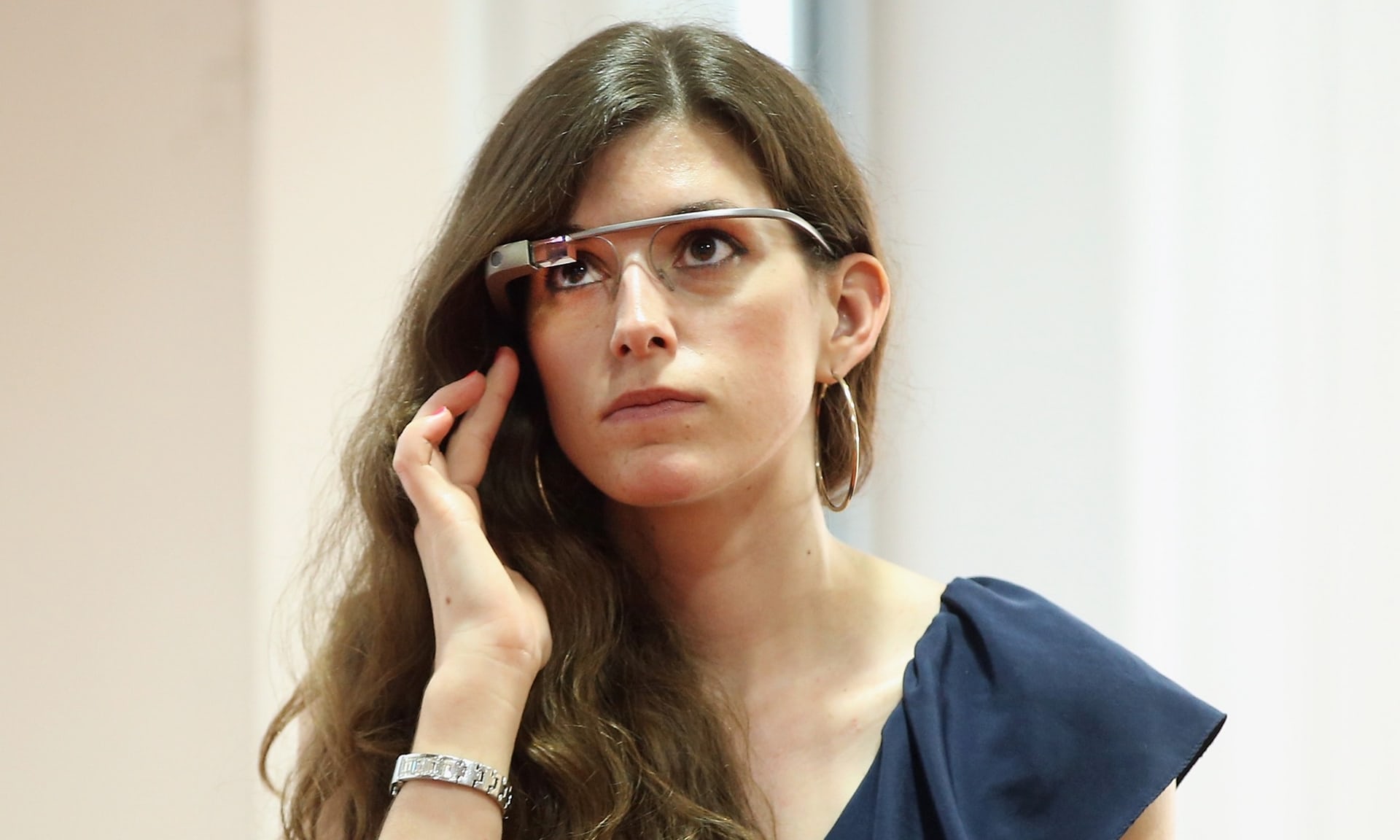Workplace: now you can use Facebook at work – for work
“Facebook-hosted office communication tool, has been in the works for more than two years under the name Facebook at Work, but now the company says its enterprise product is ready for primetime. The platform will be sold to businesses on a per-user basis, according to the company: after a three-month trial period, Facebook will charge $3 apiece per employee per month up to 1,000 employees, $2 for every employee beyond up to 10,000 users, and $1 for every employee over that. Workplace links together personal profiles separate from users’ normal Facebook accounts and is invisible to anyone outside the office. For joint ventures, accounts can be linked across businesses so that groups of employees from both companies can collaborate. Currently, businesses using Workplace include Starbucks and Booking.com as well as Norwegian telecoms giant Telenor ASA and the Royal Bank of Scotland.”

 From
From 

 The app’s popularity has created lagging servers and forced the company Niantic to delay its international roll-out, meaning “Those who have already downloaded the game in the U.S., Australia and New Zealand can still play it, while those in the U.K., the Netherlands and other countries will have to wait.”
The app’s popularity has created lagging servers and forced the company Niantic to delay its international roll-out, meaning “Those who have already downloaded the game in the U.S., Australia and New Zealand can still play it, while those in the U.K., the Netherlands and other countries will have to wait.”


